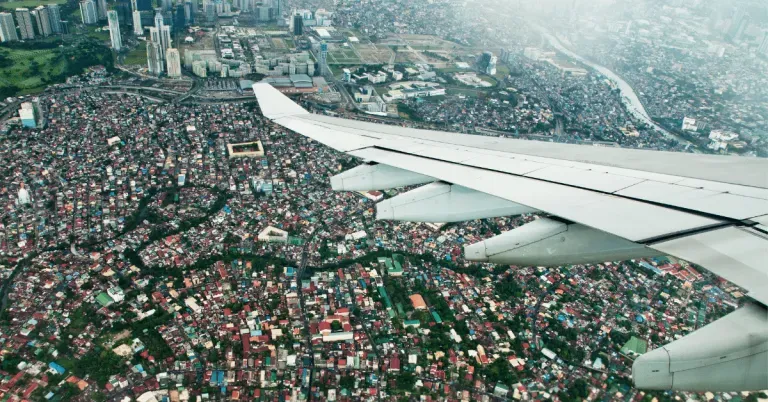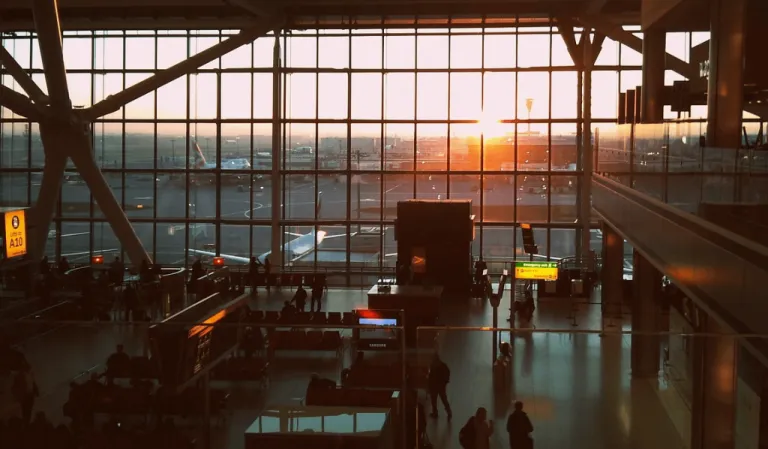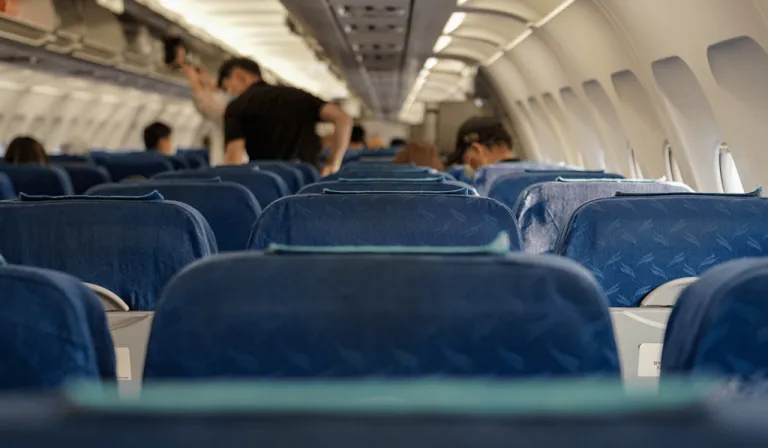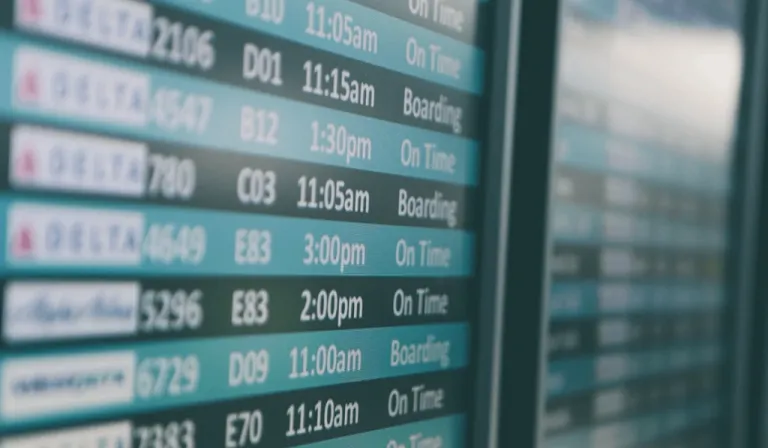Our favourite places to stay on this sleepy Cebu island.
What Local Airlines Want You to Know Amid the Pandemic

As I write this, there’s still no telling when the day we’ll all hit the airports safely again will be. One thing’s for sure, though — the longer we passengers wait, the less patient some of us become. Inevitably, the more we question the competence of our airlines in the Philippines.
But through all these remonstrances, there’s one thing we tend to be forgetting — airlines and their employees are suffering, too. Some, to the point of permanent closure or termination. We’ve reached out to a number of employees from these airlines in the Philippines to know more about how they’re coping amid the pandemic that they wish passengers knew, or knew more about.
Also read: Airlines Are Still Selling Cheap Flights, But Are They Worth It?
How airlines in the Philippines are coping this pandemic
The airline industry may take longer to recover
Not even a year since the pandemic struck the globe, we’ve seen several airlines collapse and shut down from bankruptcy. Among the most recent ones to announce their closure include Cathay Dragon and AirAsia Japan.

In the Philippines, thankfully, none of our airlines have reached such a point. However, the massive layoffs by both Philippines Airlines and Cebu Pacific, affecting thousands of Filipino airline workers, are no laughing matter. One airline worker shared that seeing how the country has been faring amid the pandemic, it could take the industry at least five more years to fully recover.
Airline workers are taking pay cuts and mandatory leaves without pay
Think you’re struggling enough with your job? Well, airline workers may actually have it worse. Apart from some being permanently taken out of the company, those who are lucky to keep theirs are enduring major adjustments to help their respective companies survive.

“Many employees have chosen to take pay cuts to help keep our company afloat, while some have also opted to go on leave without pay. The few flights we get to do, we fly on a voluntary basis, and we fly them for even less than our usual pay,” another worker, whose dreams of buying a house was put on hold, said.
“A flight that will normally earn you around ₱18,000 now gets you just around half of it. We fly long haul flights as a turnaround, without our usual rest on layovers, which means being on duty and staying on an aircraft for more than 30 hours straight. Still, we choose to do it.”
The added requirements and protocols are there for a reason
To fly nowadays, one would usually spend so much more money than usual because of added requirements, from mandatory COVID-19 tests to quarantine stays. Not to mention, a lot more time at airports because of longer procedures caused by physical distancing and reduced staff capacity.

Mostly imposed upon by government agencies here and abroad (for those travelling overseas), these COVID-19 travel requirements may seem like an added inconvenience on the part of the passengers, but they’re extremely necessary to keep you and those around you safe. As for safety protocols, airlines are taking extra precautions to prevent the further spread of coronavirus.
“Prior to the pandemic, PAL regularly cleans the cabin. Now, due to the pandemic, we have stepped up both the cleaning thoroughness and frequency to minimise particles on any of the surfaces,” another employee from a small department in his company shared. HEPA filters and the wearing of crew PPEs have also been helping keep COVID-19 cases among flights to a minimum.
Always read before bombarding an airline questions
Some airlines have made the effort to provide their passengers detailed information on how to travel safely amid the pandemic. By doing so, they also keep in close contact with authorities to keep them updated.

“Airline employees receive a ton of questions from friends, family, and passengers regarding flying during the pandemic. Most of us don’t memorise all the rules, we normally just look it up in our FAQs and guides on the website to give answers,” added the same employee. “Friends, family, and passengers, in general, can save time by reading the FAQs.”
Delayed communication and passenger requests are not always avoidable
As with most industries, the smaller the manpower, the slower it usually takes to respond to inquiries and communicate with clients. The same obviously goes for airlines. Some of them have had to address the issue a few times in the past months because of the continuous backlash they have gotten from passengers.

In previous stories, Philippine Airlines, for example, shared that the loss of revenues deprived them of liquidity to make prompt refund requests. But they’ve taken some steps to resolve it. “We have progressively stepped up our processing capabilities to address the system backlogs,” the airline assured.
Likewise, Cebu Pacific said that they have had a number of refund requests due to the flight cancellations. “Our refund process was originally not designed to handle this volume of requests, and this resulted in a backlog. We have since then revamped our procedures in order to address this.”
Also read: COVID-19 Philippines Travel Advisory for Filipinos & Foreign Visitors
Before deciding to ostracise airlines in the Philippines because of how poorly you think they are coping with the pandemic, know that they have a lot more going on behind closed doors than what you may know. In these times, we could all benefit from showing a little more compassion for our struggling airline workers, and the travel industry altogether.
Published at
About Author
Joser Ferreras
Subscribe our Newsletter
Get our weekly tips and travel news!
Recommended Articles
10 Bantayan Island Resorts, Hotels, and Rentals for Your Tropical Escape 10 Best Banawe Restaurants for a Mouthwatering Food Trip in QC The promise of new flavours beckons from Banawe.
10 Best Mountain Cafes in the Philippines for Your Peak Coffee Experience Coffee date on the mountains, anyone?
10 Commandments for Responsible Travel Flexing Spread the good word!
10 Family Outing Ideas in Metro Manila Under ₱500 Looking for a weekend bonding with the family under ₱500? Head to these places, pronto!
Latest Articles
Dingalan Travel Guide: Nature Spots to Discover Now Underrated coastal gem in Aurora
What to Eat in Bicol: Iconic Dishes and Treats, and Unique Pasalubong You’ll Love Spice up your foodie adventure with iconic Bicol dishes and must-try pasalubong!
Top Travel Trends in the Philippines for 2025 New spots, tips, and trends
New UK Adventure Park to Visit in Devon and Cornwall Fun countryside escape near London
Ultimate Camarines Norte Travel Guide: Waterfalls, Beaches, and More From surfing to secret waterfalls, Camarines Norte is your next escape!

